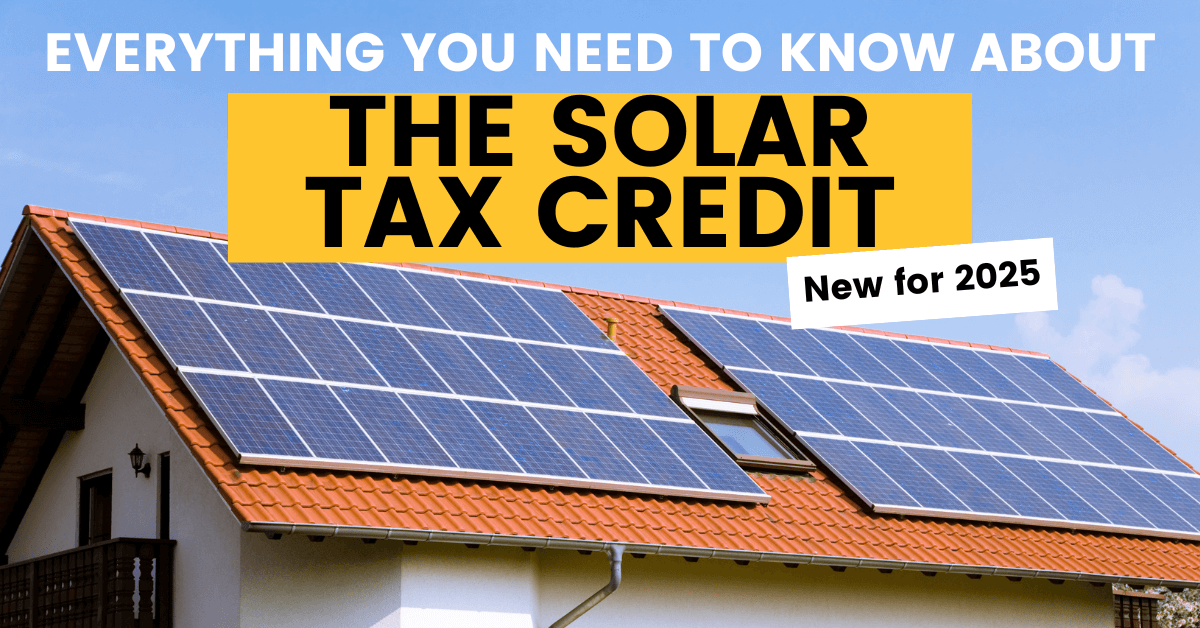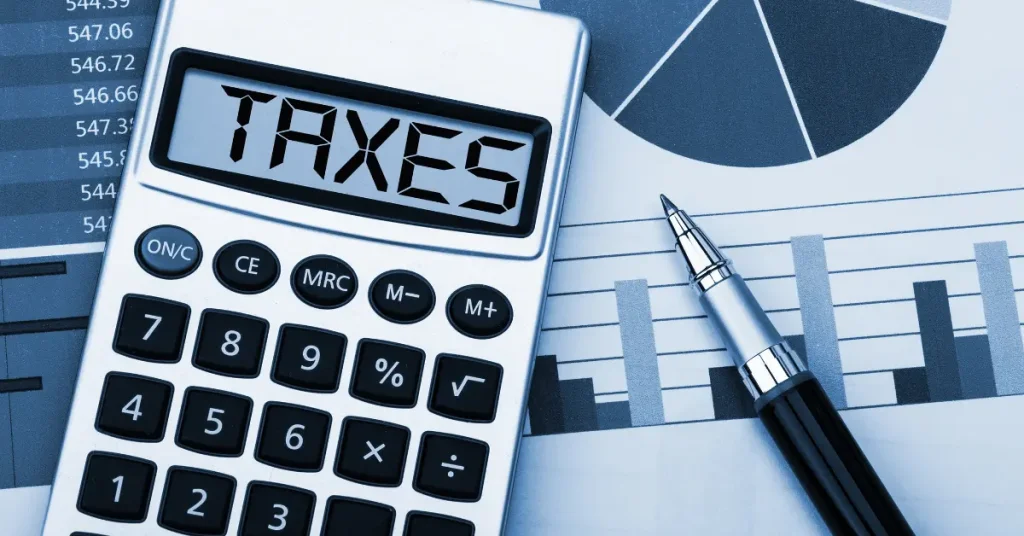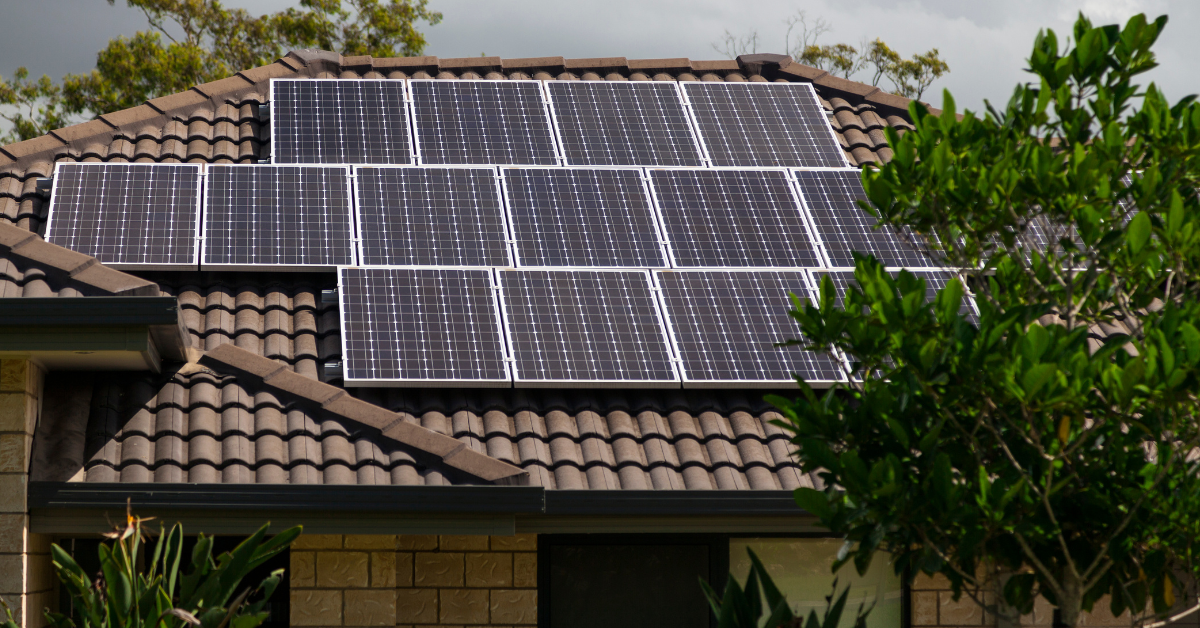As the world moves towards sustainable energy, solar power is becoming more popular than ever. With advancements in technology, portable solar power solutions have made it easier than ever to harness the sun’s energy anytime, anywhere. Whether you’re looking to power your home, RV, or off-grid cabin, solar panels and portable solar generators are now more accessible and efficient.
One of the biggest incentives driving the shift to solar energy is the federal solar tax credit, which can significantly lower the upfront cost of purchasing and installing a solar power system. This Clean Energy Credit allows homeowners and eligible buyers to claim up to 30% of their total solar investment as a rebate on their federal income taxes. That means whether you’re investing in a residential solar system, a backup power station, or a portable backup generator, you can get nearly a third of your costs back, making solar power more affordable than ever. In many cases, this tax credit can lead to thousands of dollars in savings, helping individuals and families transition to clean, renewable energy without the financial strain.

Before we dive in, please note that the information in this post is for educational and informational purposes only. While we strive to provide accurate and up-to-date details, we strongly encourage you to consult with a certified public accountant (CPA) or licensed tax professional to discuss your specific tax situation. This will help ensure compliance with tax laws and regulations while avoiding any potential errors or omissions.
Our goal is to guide you on your solar power journey, but we cannot be held responsible for any losses or damages resulting from the use of this information. Now, let’s explore the fundamentals of solar power and how you can take advantage of the solar tax credit in 2025 to save on your investment!
The Residential Clean Energy Credit is a valuable federal tax incentive designed to make renewable energy solutions more affordable for homeowners. This credit allows individuals to claim up to 30% of the total cost of installing eligible clean energy systems, such as solar panels, battery storage, power stations, solar home back up power and other renewable energy improvements, on their primary or secondary residences within the United States. By significantly reducing upfront costs, this tax credit helps make the transition to clean energy more accessible for homeowners looking to lower their electricity bills and reduce their carbon footprint.
The credit applies to qualifying systems installed between January 1, 2022, and December 31, 2032, offering a substantial financial benefit for those investing in solar power and other renewable technologies. However, the credit amount will gradually decrease, dropping to 26% for systems installed in 2033 and 22% for those installed in 2034. Unless Congress decides to extend it, the credit is set to expire after December 31, 2034.
One of the most attractive aspects of the Residential Clean Energy Credit is that there is no maximum limit on the amount that can be claimed, meaning homeowners can apply the full 30% credit regardless of the size or cost of their solar installation. The credit covers both equipment and installation costs, including solar panels, power stations, inverters, wiring, labor, and even some battery storage systems, provided they meet eligibility requirements.
By taking advantage of this credit, homeowners can significantly reduce their federal tax liability, making solar power a more cost-effective and financially sound investment. Combined with potential state incentives, rebates, and energy savings, the federal solar tax credit presents a compelling opportunity to embrace clean energy while enjoying long-term financial benefits.

The Residential Clean Energy Credit works by directly reducing the amount of federal income tax owed by individuals or businesses that install qualifying solar energy systems. This credit is applied to the taxpayer’s income tax return for the year in which the system was installed, helping to lower the overall tax burden.
For example, if you installed a solar energy system in 2025 with a total cost of $20,000, you would be eligible for a 30% tax credit, which amounts to $6,000. If your federal income tax liability for 2025 was $10,000, the solar tax credit would reduce your tax liability to $4,000, providing substantial savings.
It’s important to note that the Residential Clean Energy Credit is non-refundable. This means that if your tax credit exceeds your total tax liability for the year, the excess amount cannot be refunded. However, any unused credit can be carried forward to future tax years, allowing homeowners to still benefit from the full amount over time.
By taking advantage of this credit, homeowners can make solar energy more affordable while contributing to a cleaner, more sustainable future. For specific eligibility requirements and detailed filing instructions, visit the IRS website or consult with a licensed tax professional.
To qualify for the solar tax credit, the home backup solar energy system must be installed in a home or business that you own within the United States. The system must be new and must meet certain performance and safety standards.
The solar credit applies to qualifying systems installed between January 1, 2022, and December 31, 2032.
The solar power system must also be used as a residence or a business. If you install a solar energy system in a rental property or a vacation home, you may be eligible for a tax credit, but the credit amount may be reduced.
The Residential Clean Energy Credit covers the following qualified expenses:

To claim the solar tax credit, you must file IRS Form 5695 along with your federal income tax return. You will need to provide details about your home solar power system, including the total cost and the date it was installed. You should also keep all receipts and invoices related to the solar energy system, as they may be required to verify your eligibility for the tax credit.
It is recommended that you consult with a tax professional or accountant to ensure that you are eligible for the solar tax credit and to determine the amount of the credit you can claim. They can also help you complete the necessary forms and provide guidance on how to maximize your tax benefits.
The solar tax credit is an excellent way to save money and lower the cost while investing in home backup power and sustainable energy. By taking advantage of this solar tax credit incentive, homeowners and businesses can significantly reduce the cost of installing a solar generator or home backup generator, making emergency power and home preparedness more accessible. Whether you’re looking to cut energy costs, reduce reliance on the grid, or prepare for unexpected outages, this tax credit makes switching to solar power a smarter and more affordable choice.
Disclaimer: The information provided in this blog post is for educational and informational purposes only and should not be construed as legal, tax, or financial advice. It is highly recommended that you consult with a certified public accountant (CPA) or a licensed tax professional to discuss your specific tax situation and ensure that you are correctly complying with tax laws and regulations. The author and publisher of this article are not responsible for any errors or omissions or for any losses or damages arising from the use of this information.

